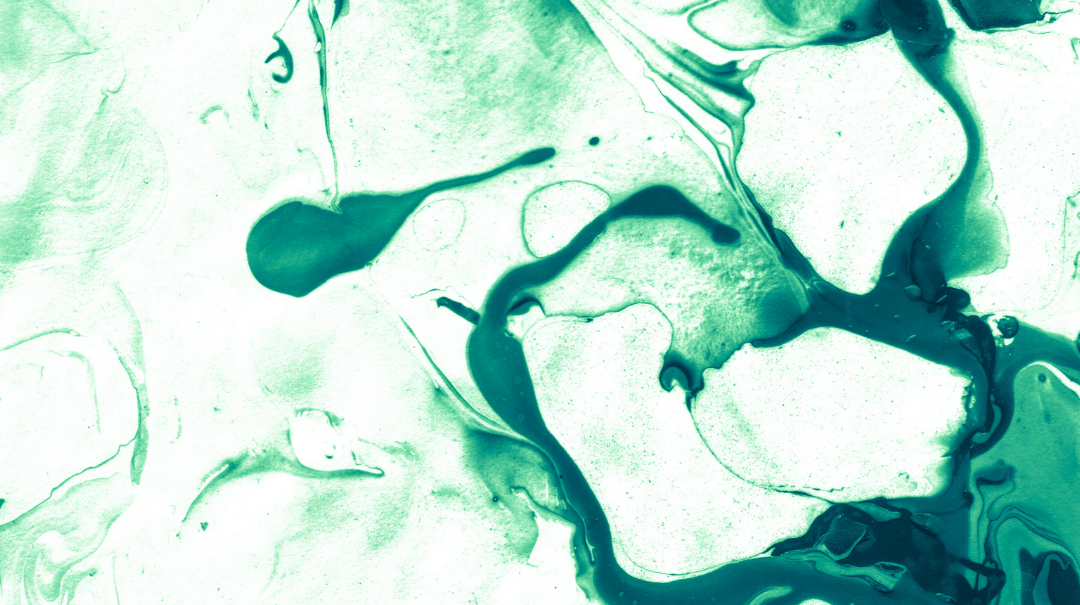Episode 4: Dependency in the Treatment of C-PTSD (Part 1)

Listen in to hear Melissa, Bridger and Caleb discuss the article, “Dependency in the Treatment of Complex Post-Traumatic Stress Disorder and Dissociative Disorders” by Onno van der Hart.
Title of Article:
Dependency in the Treatment of Complex Post-Traumatic Stress Disorder and Dissociative Disorders (2001) Onno van der Hart
“The Haunted Self” – Amazon
Overview:
This article was written by a group that is influenced by psychoanalytic thought, Object Relations Theory and neurobiology. This article is a blend of all three of these concepts/theories.
Potential discomfort of the idea of dependency
- This goes back to the late 19th century
- Freud’s main posture was interpretations of the client’s thoughts.
- This article use modern analytic theory, noticing limitations
- “Dependency is a necessary therapeutic dynamic for the process of healing.” This can be very uncomfortable for therapists.
Why does the idea of dependency make us nervous?
- Free association- getting too involved in the process
- Intense self-disclosure of the therapists
- Why as a client should I trust you if I know nothing about you?
- The fear of dependency or addiction
- Lastly, there is culture shame about needing others.
- Females are socialized to be more comfortable with dependency and it’s the opposite for males.
- The recreation of mother and child as adults is shunned and seen as weakness.
When we don’t know what to do as female therapists, a nurture instinct comes out.
- Firstly, when the cognition fails, it feels like all we have to fall back on is the nurturing experience.
- Secondly, this isn’t an instinct to everyone, including many woman.
- Is that enough and is that okay to do?
- The innate expression of nurture is a physical, right-brained experience.
- Our western culture is encouraging us to be left-brain therapists.
- Lastly, this issue is not settled as a culture, nor as a profession.
Dependency and the needs of the clients
- Strange Situation- measuring styles of attachment (John Bowlby)
- Whoever is taking the role of the nurturer and meeting needs is the primary caregiver.
- We cannot continue as a species without early attachment to primary caregivers.
- Attachment vs. dependency
- Dependency: “A manifestation of attachment that includes a wide range of conscious and unconscious behavioral strategies and related affect in cognition. The purpose of dependency, as opposed to attachment in general, is specifically to procure caretaking. I.e.- needing direct support and guidance from
- Dependency is more about procuring or securing access to resources. It is a “need” that our life depends on.
- Dependency is a strategy that is used to get the attachment need met.
- There’s secure and insecure dependency.
- Active dependency: This is in line with secure attachment in that the needs are expressed and actively sought after. When referring to PVT, the use of sympathetic activation is occurring in this type of dependency.
- Passive dependency: occurs from insecure attachment, the dismissiveness of the need. This is more of a dorsal shutdown, the fawn response. This, however, is still dependent.
- Shout out to episode 1!
How does a person with a dismissive attachment style get their needs met?
- The tendency to wish the therapist will just tell me what to do so that there’s a celebration for the “performance me” through which validation and security is achieved.
- Letting the therapist take control of the sessions, which creates a disintegrated experience.
- The need for dependency is being met in a round-about way so that therapy further exacerbates the attachment malfunction.
- This occurs when the client is still seeking proximity, without directly addressing needs.
- This is insecure attachment through the expression of passive dependency.
- Always pulling the therapist in further intersubjective space.
What about preoccupied attachment?
- Aggression in various forms- what is the most efficient way to get you to meet my needs?
- This is coupled with internal panic if the need doesn’t get met.
- We aren’t even aware that there’s another way to achieve our needs because this attachment style is so pronounced. The need to find safety in another is so intense.
- Labeled as “aggressive” “too much” and “in your face”
What’s a disconfirming experience for dismissive strategies?
- When one meets the need with neither of strategies but in an open and direct way is a disconfirming experience.
- It’s upsetting and it shows that their strategy failed. It evokes the question of why they needed to develop this strategy anyways.
- “I see what you need and I’m going to speak it and help you realize I’m with you.”
- What the ANP is avoiding is the grief of the unmet attachment need. So with a dismissive orientation we are prohibiting the grief from emerging.
- When we call out the grief, we are inviting the activation of the area of the brain, or circuit, that holds grief.
- Healthy dependency: Our nervous system has an attachment need for someone to see and feel your grief, and in turn, their activation state of nurture and care comes to offer that. This allows the part of us that has a need to be met that wasn’t met consistently in the past.
What’s a disconfirming experience for preoccupied strategy?
- Oftentimes occurs alone when they begin to think of why people don’t care about them.
- This occurs in an emotional spin out. The person will reach out to the person who we feel distant from and then accuse them of not caring about us. This oftentimes may cause a confirming experience because the person may become defensive in response to our spin out.
- The message is that what’s happening internally, is something that no one would ever want to experience with you.
- This style is known to forcefully get their needs met.
- A disconfirming experience would be for whoever we are trying to extract that need from, sits in the chaos and is present with them, but doesn’t solve it.
Deciphering between a need and a wish:
- Understanding if the client’s dependency is based on a need or a wish.
- A futile wish to get a previously unmet need met.
- The need to be rightfully angry about not getting our needs met.
- Make room for the anger to display and act out.
- Dismissive: omitted affect and distorted cognition
- Preoccupied: distorted affect and omitted cognition
- Try to see it not as a wish, but an unmet need in the past.
The natural growth of dependency across development
- There’s a natural flow from dependency to interdependence to autonomous independence.
- We almost don’t want to foster dependency at all, just interdependence.
- Noticing when we are dependent, interdependent or independent.
- Being aware and being flexible
Takeaways:
- First, understand what trauma does with our levels of dependency and how it influences how we form attachment styles. It’s a very normalizing experience to accept that dependence, interdependence and autonomy are all regulatory functions that we move in and out of.
- Attachment and dependency are very interrelated concepts and help us better understand our clients.
- The difference between wishes and psychobiological needs. The push and pull in the intersubjective space to expose the client’s wish as well as then find the need and grieve that together.
- Lastly, “Good therapy includes fulfilment of need and gentle frustration of wishes.” You no longer need that strategy, your need is now here.
Podcast: Play in new window | Download




Athena Fiona Fletcher
Your blog stands out in a sea of generic and formulaic content Your unique voice and perspective are what keep me coming back for more
Antwan Mejia
I like the efforts you have put in this, regards for all the great content.
Reinigungsfirma München
Top Reinigungsfirma in München – schnell, gründlich und preiswert
Cerrajero barato Sevilla
Thank you, I have been looking for info about this topic for ages and yours is the best I have found so far.
https://www.cerrajerosevilla24h.es/
canvas artwork
affordablecanvaspaintings.com.au is Australia Popular Online 100 percent Handmade Art Store. We deliver Budget Handmade Canvas Paintings, Abstract Art, Oil Paintings, Artwork Sale, Acrylic Wall Art Paintings, Custom Art, Oil Portraits, Pet Paintings, Building Paintings etc. 1000+ Designs To Choose From, Highly Experienced Artists team, Up-to 50 percent OFF SALE and FREE Delivery Australia, Sydney, Melbourne, Brisbane, Adelaide, Hobart and all regional areas. We ship worldwide international locations. Order Online Your Handmade Art Today.
https://affordablecanvaspaintings.com.au/canvas-artwork
Atlus Pest Solutions Memphis
I just added this site to my feed reader, excellent stuff. Can’t get enough!
https://share.google/Z20roFNgDrgK075kc
rayan frederick
Perfectly balanced between detail and simplicity. 👉 Watch Live Tv online in HD. Stream breaking news, sports, and top shows anytime, anywhere with fast and reliable live streaming.
HVAC Jacksonville FL
Thanks for revealing your ideas right here. The other issue is that each time a problem takes place with a laptop motherboard, individuals should not go ahead and take risk of repairing the item themselves because if it is not done properly it can lead to irreparable damage to the complete laptop. It is almost always safe to approach any dealer of any laptop for any repair of motherboard. They’ve already technicians who may have an knowledge in dealing with laptop computer motherboard complications and can carry out the right diagnosis and undertake repairs.
https://nobleheatingairservices.com/
หนังโป๊
Thanks for the helpful posting. It is also my opinion that mesothelioma has an very long latency time period, which means that the signs of the disease may not emerge right until 30 to 50 years after the preliminary exposure to asbestos. Pleural mesothelioma, that is the most common form and influences the area about the lungs, might cause shortness of breath, chest muscles pains, and also a persistent coughing, which may lead to coughing up maintain.
https://www.wiseinterventions.org/about
beard growth serum wild-willies.com
Thank you, I have been seeking for information about this subject for ages and yours is the best I have located so far.
https://sl.bing.net/gaZ9ADlTUWa
HowToIceCream com ice cream recipes
Good article. It is unfortunate that over the last several years, the travel industry has already been able to to handle terrorism, SARS, tsunamis, influenza, swine flu, as well as first ever entire global economic downturn. Through everything the industry has really proven to be sturdy, resilient and also dynamic, getting new tips on how to deal with trouble. There are usually fresh troubles and possibilities to which the business must all over again adapt and reply.
https://www.ksnblocal4.com/search/?query=HowToIceCream.com+has+the+best+healthy+protein+low-cal+ice+cream+recipes+for+their+Ninja+Creami+7-in-1+ice+cream+maker
Firework Gender Reveal Ideas
This is a really cool page. One of the best posts I’ve found in quite some time. I hope to see more.
https://elliotoswbd.dsiblogger.com/70320784/5-tips-about-gender-reveal-fireworks-you-can-use-today